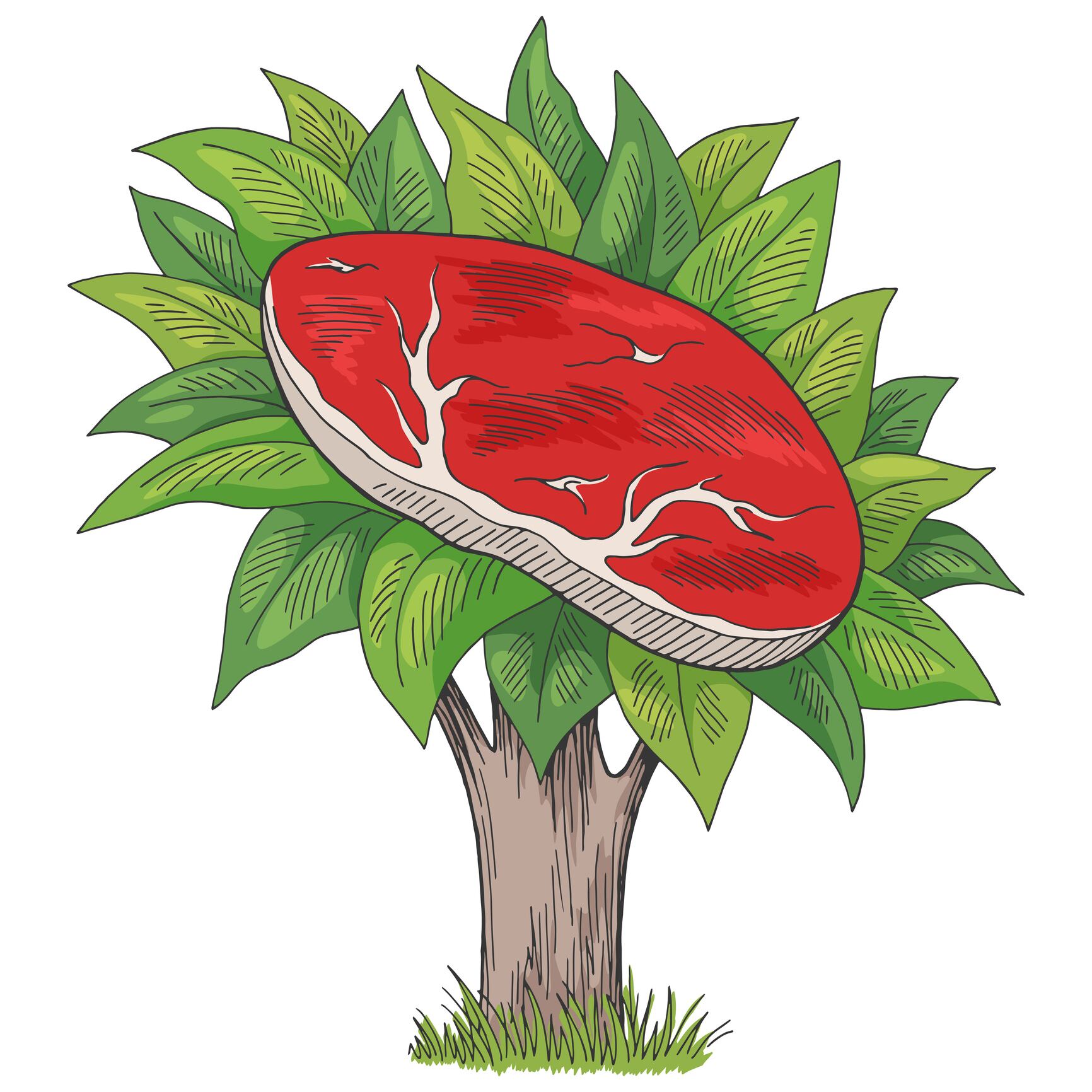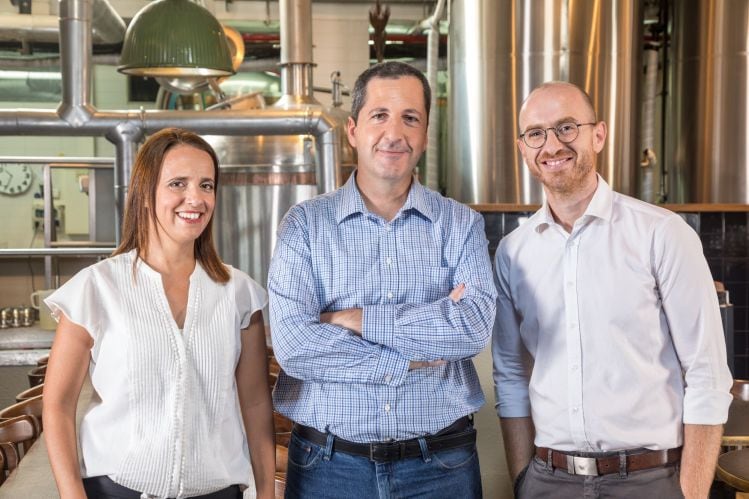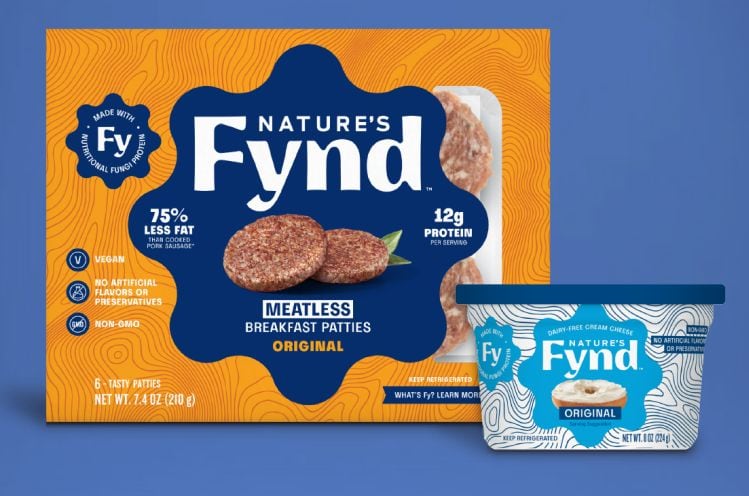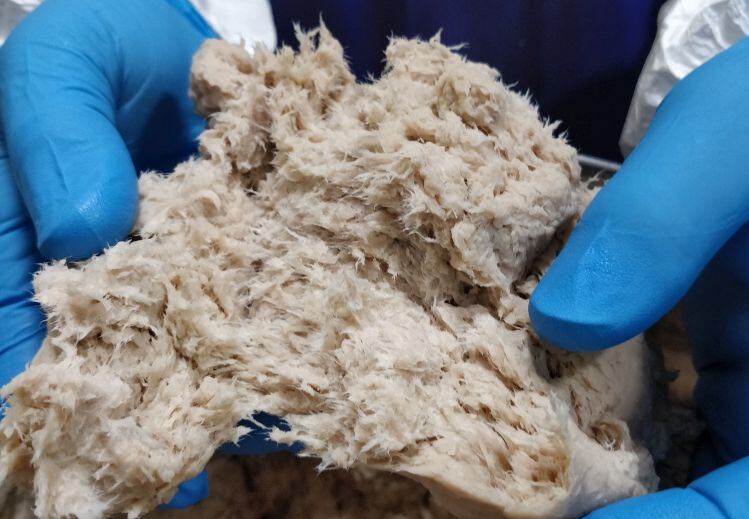When it comes to alternative protein, we’ve come a long way in the past decade. Just seven years ago, a cultured meat burger cost roughly $275,000 to produce, Beyond Meat hadn’t sold a single burger, and the alternative meat market was less than one tenth of its size today.
Since then, consumer awareness of the environmental impact of conventional animal farming has considerably increased. At the same time, entrepreneurship, innovation, and capital have driven significant enhancements in the quality of alternative meat products, and this combination of heightened environmental awareness and better products has laid the foundation for a host of emerging alternative proteins to compete for a growing share of the trillion-dollar global meat market.
The growth of the alternative protein market allows the consumer of today to make purchase decisions based on a wider variety of factors, beyond taste, affordability, and convenience, to nutritional differentiation, treatment of animals, environmental footprint, and others.
The meat supply of the future will be increasingly heterogeneous
Whether traditional, plant-based, fungi-based, or cultured, each source of meat provides its unique benefits to the consumer and the supply chain and each has a role to play in the supply chain of the future.
The preferences of meat consumers are increasingly multi-faceted and the meat supply of the future will be increasingly heterogeneous. It is generally accepted that taste and cost have the greatest influence on food purchasing decisions, with studies showing anywhere between 60% to 90% of consumers ranking them as the most important factors.
However, factors including environmental impact and nutrition are quickly catching up and among certain consumer segments have taken leading positions. Consider a 2020 study of adults ages 18-30 from International Journal of Behavioral Nutrition and Physical Activity which reports nutrition as the most important influence on choice, and another 2020 Kearney study reporting that greater than 80% of consumers consider the environment when making purchasing decisions.
Regardless of which factors are considered most important, there is now strong consensus that nutrition and the environment are significant contributors to food purchasing decisions.
Consider additionally that opinions vary materially with respect to what constitutes proper nutrition, what price points are affordable, and how best to support a healthy environment. Enter a growing spectrum of alternative meats, which allow a diverse consumer with multifaceted preferences to tailor their meat purchasing decisions in a way that meets those individual preferences.
The next wave of plant-based offerings promises true nutritional differentiation
Traditional animal-based meat is still the undisputed king, with current market share well above 90%. For consumers that view taste as the primary factor driving their meat purchase, traditional meat will likely remain a leading choice as long as alternative meat producers aim predominantly to mimic the traditional meat experience. However, for that growing set of consumers seeking varied nutrition and alignment of environmental interest, the relative value of traditional meat will wane.
The plant-based consumer has enjoyed a rapid improvement in quality over the past decade, and can now purchase products that provide an enjoyable experience with a significant reduction in environmental impact and resource use.
While this category promises enhanced nutrition, a significant portion of its nutritional differentiation comes from elimination of perceived negatives (e.g., cholesterol) rather than addition of positives (protein, functional ingredients, fiber). The next wave of plant-based offerings promises true nutritional differentiation to meet the needs of that younger consumer that values nutrition over other factors.
Similarly, fungi-based meats offer the potential for a significantly reduced environmental footprint and the promise of enhanced nutritional attributes while providing an enjoyable experience similar to that of traditional meat.
Consider that in the case of fungi-based meat, there is the potential for organoleptic and nutritional differentiation beyond what can be achieved from traditional animal-based or currently scaled plant-based meats. Of the 2 million known species of fungi, less than 5% have been used in scaled applications. This is a large white space that is just now being tapped.
Customizing cell cultured meat
Though not yet commercialized in the U.S., cultured meat, sometimes referred to as cellular meat, and products that are a combination of cultured and plant-based or fungi-based could provide the greatest flexibility with the fewest tradeoffs for the consumer and the environment.
If taste is king, cultured meat allows the consumer to have the real thing and the experience that comes with it, but without the need for concentrated animal farming and with a massive reduction in resource use.
Cultured products also allow for optimization of nutritional factors including fats (saturated and omega-3s) and cholesterol, and products produced with a combination of cultured and plant or fungi allow for even greater nutritional diversification.
Lower feed conversion ratio
Perhaps most important from an environmental perspective is the impact on resource intensity that comes from the scaling of alternative meat products.
Each of these alternatives will have a significantly lower feed conversion ratio than traditional animal-based meat. In the case of beef, with feed conversion ranging from 4 to 8 pounds of feed required to produce each pound of meat, alternatives drive that number closer to 1.
If these alternatives achieve a hypothetical 30% U.S. market share over time on a combined basis, the resulting efficiency could eliminate 30 to 50 billion pounds of feed and free up a farming landmass roughly the size of Massachusetts. This land use efficiency, when combined with greater than 80% reductions in carbon emissions and water use, no doubt makes alternative meats an extremely compelling environmental story.
The fungi-based space shows significant promise but is in early stages and will require significant investment in infrastructure to scale
We have come a long way and we still have a long way to go. As consumers begin to internalize the environmental impacts of traditional farming, the true “cost” of traditional meat will likely increase in the minds of the consumer.
As a result, the traditional supply chain will need to continue to innovate on taste, nutrition, affordability, and mission in order to attract the sustainability focused consumer. In the plant-based space, there are material gains to be made with respect to taste and consumer experience, and true nutritional differentiation will likely require simpler ingredient lists and a more focused approach to enhanced nutrition rather than simple meat substitution.
The fungi-based space shows significant promise but is in early stages and will require significant investment in infrastructure to scale (consider that liquid fermentation may need greater emphasis if fungi-based solutions are to achieve true industrial scale).
Likewise, cultured meat technologies are only now starting to achieve commercial viability in terms of price and scalability. There is reason for optimism in this market, and today's announcement by Future Meat Technologies of the establishment of a functioning cultured meat facility is a significant milestone in the commercialization of this technology.
The future meat supply chain is exciting and diversified, with animal-based, plant-based, fungi-based, and cultivated meats all having a role to play. Consumers seem to agree; as much as 95% of alternative meat purchasers also purchase traditional meat. With continued entrepreneurship, innovation, and capital, the consumer, and the environment, can enjoy a growing pie with several meaningful pieces.

Matthew Walker is managing director at S2G Ventures, a multi-stage venture fund making seed, venture and growth stage investments in sustainable food and agriculture businesses. Portfolio companies include cell-cultured meat company Future Meat Technologies, edible peel co Apeel Sciences, plant-based dairy co Ripple Foods, and HPP baby food co Once Upon a Farm.




